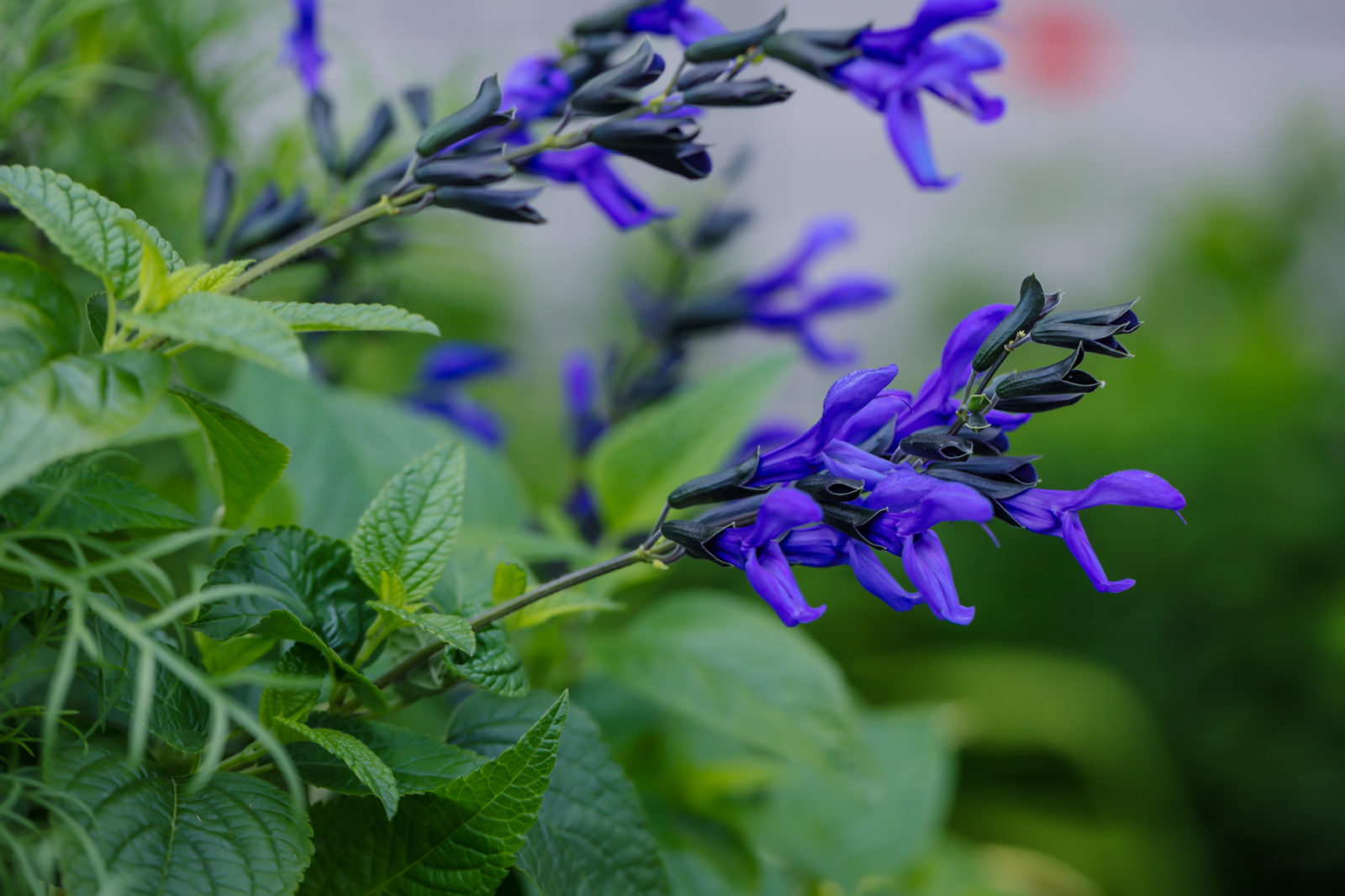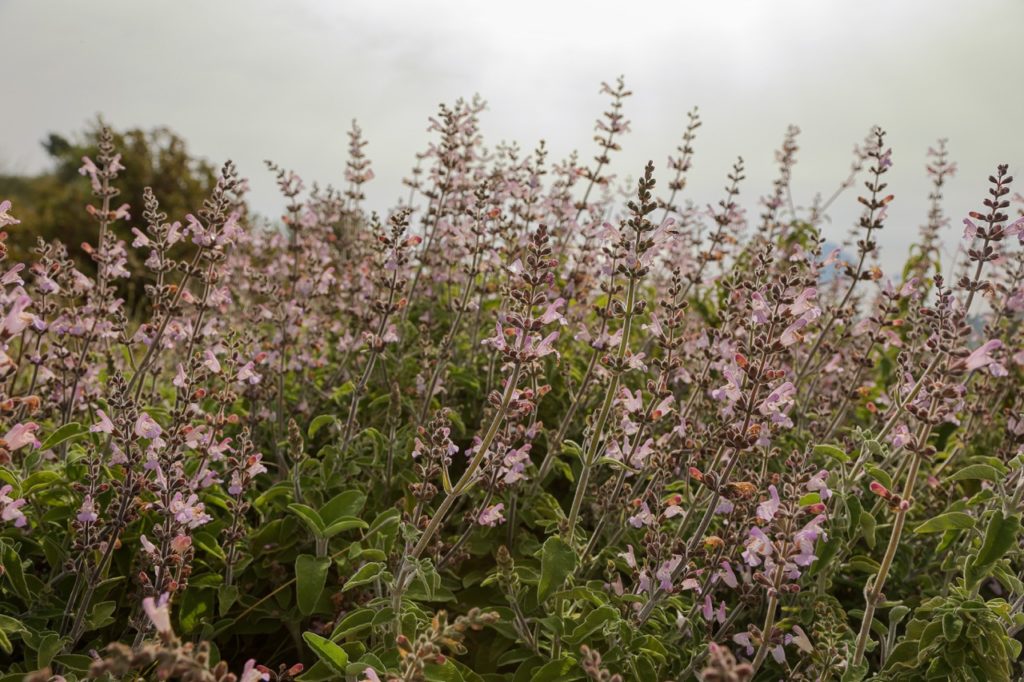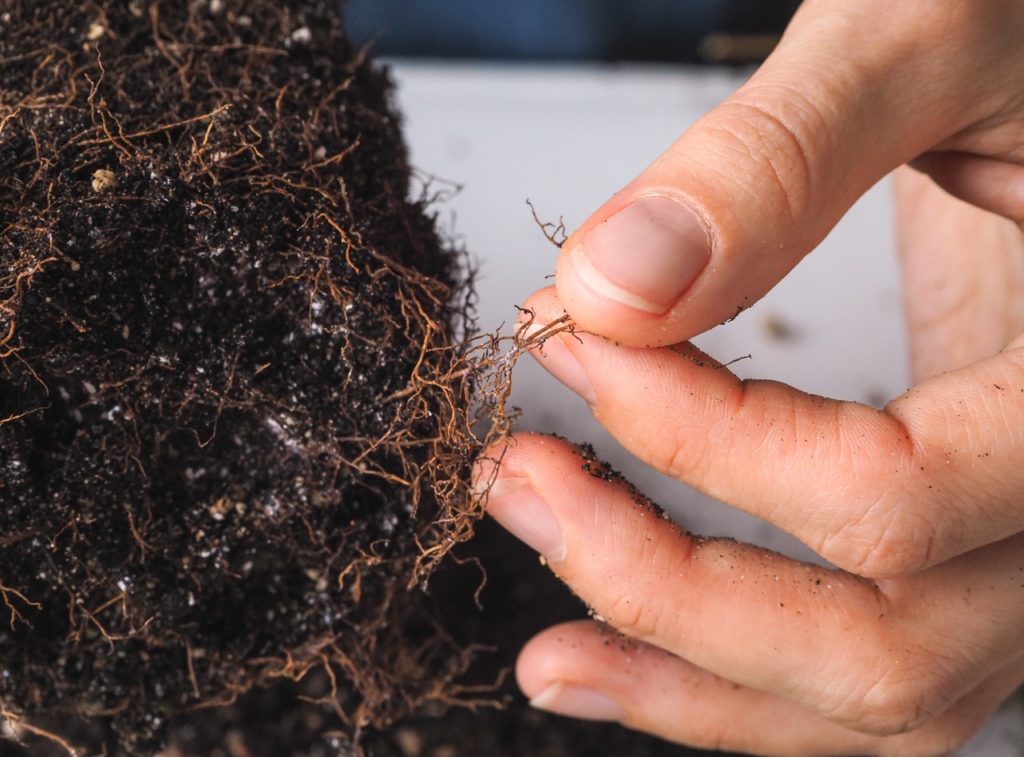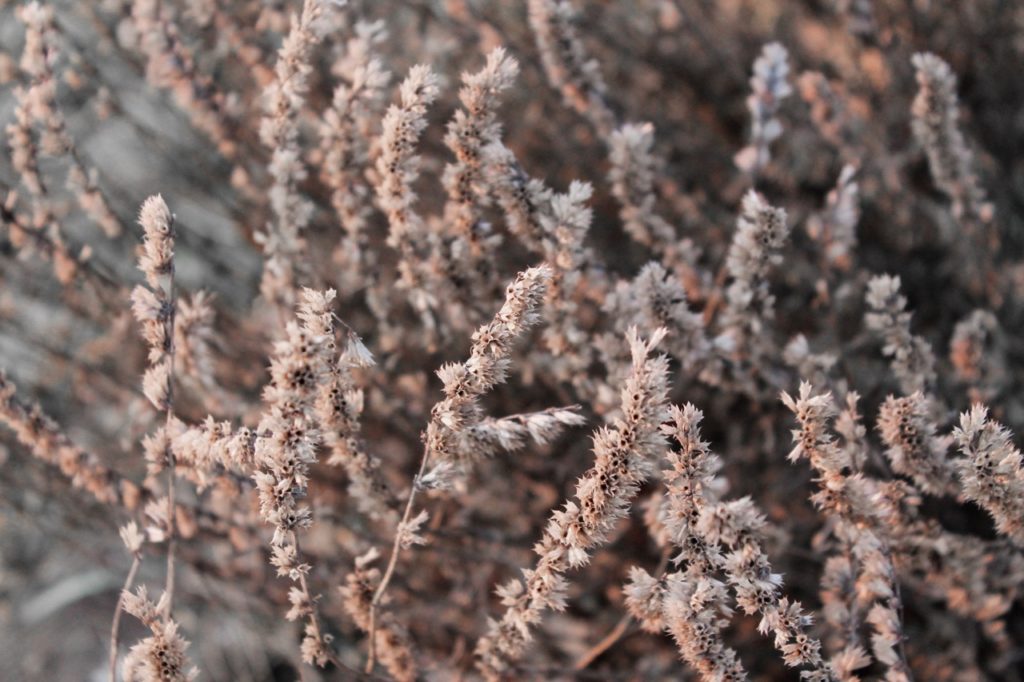“Don’t Crowd Common Sages” – Expert Salvia Growers Share Common Growing Problems


Elizabeth is a Permaculture Garden Designer, Sustainability Consultant and Professional Writer, working as an advocate for positive change. She graduated from the University of St. Andrews with an MA in English and Philosophy and obtained a Diploma in Applied Permaculture Design from the Permaculture Association.
Reviewed By COLIN SKELLY

Colin is a Horticulturist and Horticultural Consultant with experience in a range of practical and managerial roles across heritage, commercial and public horticulture. He holds the Royal Horticultural Society’s Master of Horticulture award and has a particular interest in horticultural ecology and naturalistic planting for habitat and climate resilience.
Contributions From VICKI WESTON

Owner of Weston's Salvias, Vicki has been nursing and selling plants online for 10 years from her home in West Wales, near the coast of Cardigan Bay. She offers nearly 100 salvia varieties for sale, has been featured in various online publications and has delivered talks to various clubs up and down the country.

Lyndi was one of the founding members of the Victorian Salvia Study Group when it was set up around 20 years ago, after previously being a member of the Victorian Herb Society. She now works as Coordinator for the study group - a role she has held since 2013. Previously, Lyndi also worked as a Landscape Designer.
Salvias are usually relatively easy plants to grow, are mainly untroubled by pests and diseases on the whole – and any problems you encounter are most likely to be related to environmental conditions, improper positioning or care.
Salvias typically need a spot in full sun with free-draining soil, but specific care will often depend on whether you are growing an annual, perennial or shrubby variety.
“Salvias are very forgiving and easy to grow plants and, as long as you follow the correct care advice, there should be very few problems,” says Vicki Weston, from Weston’s Salvias.
However, some of the common problems you might encounter include:
- Poor flowering.
- A short flowering period over the summer.
- Root rot or other fungal issues.
- Frost or winter damage to tender cultivars.
Below we explain these problems in more detail and outline how you can solve them to keep your salvia plants happy and healthy.
1) Poor Flowering

Poor flowering can be caused by a number of issues, but the most common cause is that it has been placed in the wrong spot and is not getting enough sun.
Moving your salvia to a sunnier and more suitable spot should solve this issue.
“Make sure you know the growth type of your salvia and when it flowers,” says Lyndi Garnett, coordinator of the Victorian Salvia Study Group.
“Large and tall salvias flower in autumn and winter, so don’t cut down in winter.”
2) Short Flowering Period

You may have heard that salvias have a long blooming period over the summer.
However, if you fail to deadhead the flowers when they have faded by around mid-summer, then the plants will go to seed rather than continue to produce blooms.
Deadheading is a good idea with most salvias to prolong the flowering period for as long as possible…
3) Root Rot
Another common issue with sage is wilting leaves, yellowing and stunted growth caused by overly wet or waterlogged conditions.
One of the most important things when growing salvia is to ensure free-draining conditions.

Take care not to overwater and make sure excess water can drain away freely, whether you are growing your salvia in containers or in the ground.
“If you have moist soil, consider growing a species that has a preference for moister soil, such as Salvia uliginosa,” says Master Horticulturist Colin Skelly.
“Mulching is still a good idea in winter and leaving foliage intact but its natural proclivities increase the odds in your favour.”
Waterlogging or excessive watering can cause damage to the salvia roots and can cause root rot, allowing fungal issues to take hold.
“Don’t crowd common sage varieties,” says Lyndi.
“They need sun and air, and they can remain for some years – they’re not just an annual.”
If a salvia plant seems to be suffering, improving drainage may allow it to recover.
4) Winter Damage
Keeping salvia, especially more tender types, safe through the winter months is often the biggest challenge when growing these plants.
Frost can cause damage to tender types which are not offered some protection from the winter cold.
Some plants that have been hit by winter cold can grow new growth in spring.
However, if there are no signs of regrowth by June, then the plant has likely died.
Many salvias will struggle more with winter wet and may die if kept in waterlogged conditions, so make sure that plants have some protection from winter deluges.

To overwinter tender types successfully, those in milder areas may mulch around the plants with a 10cm layer of well-rotted manure or other organic material.
In harsher areas, it is best to lift these tender types and place them in pots under cover or indoors over winter.
If growing salvias with borderline hardiness, don’t cut them back in the autumn.
“Careful when pruning your salvias,” says Lyndi.
“Don’t prune all stems down and leave one with green growth so the plant doesn’t go into shock.”
It is best to wait until late spring because this offers some protection to the roots in cold weather conditions and is also great for providing some shelter for wildlife.
See more detailed advice in our guide to overwintering salvias.
